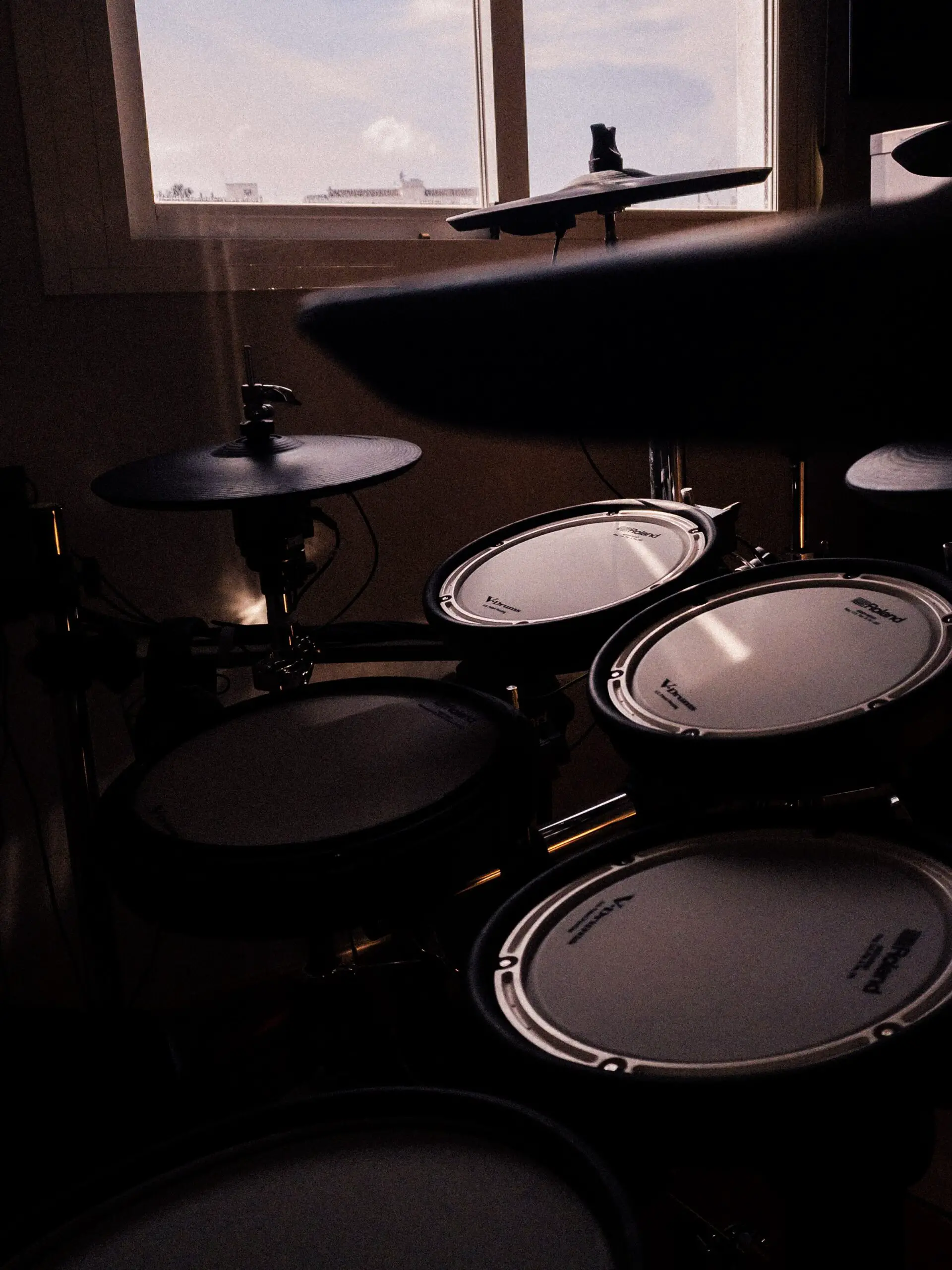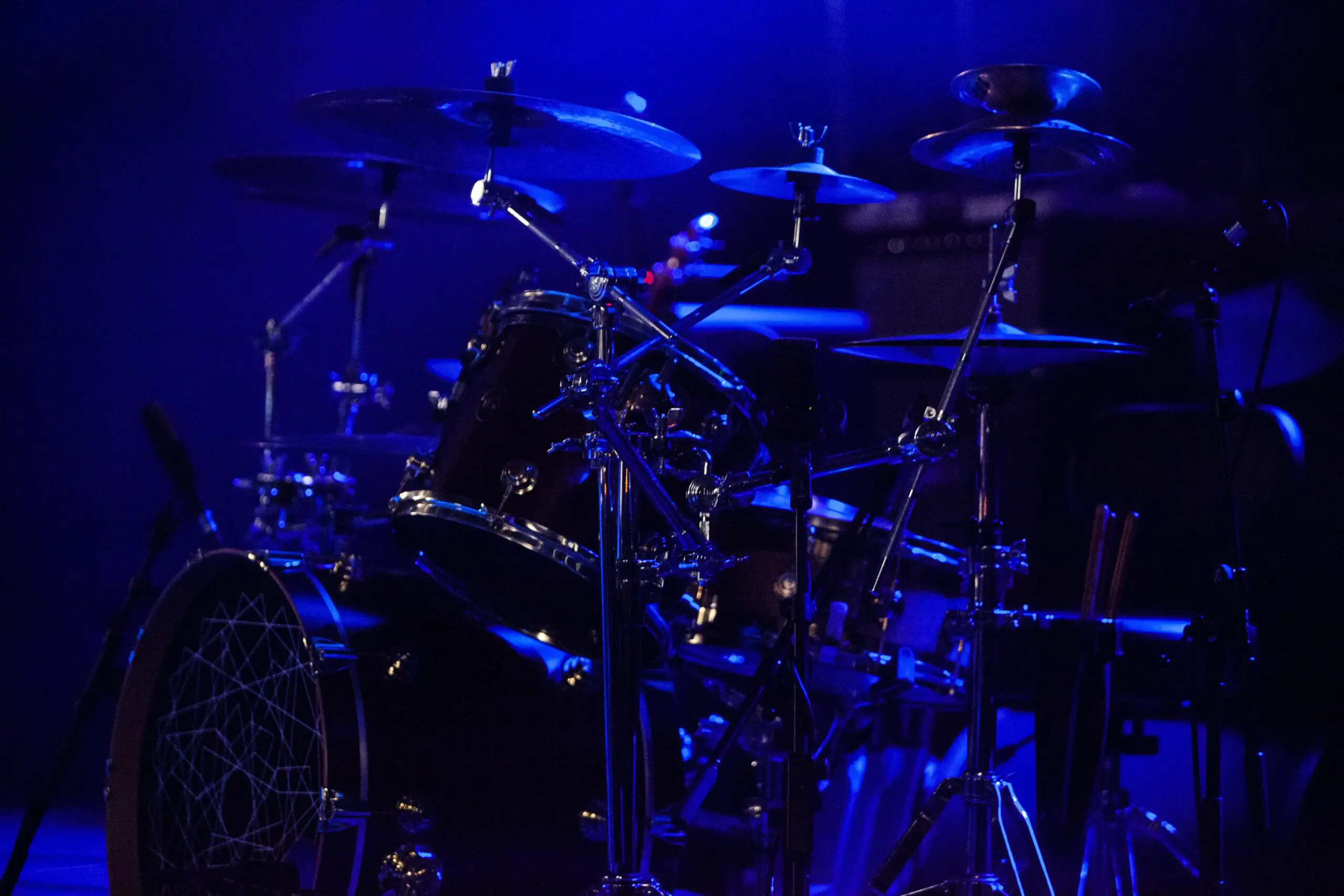Learning who invented the drums is an intriguing part of the learning process. A storyline sparks interest and helps you appreciate the drum and its role in music. We’ve tried to debunk the inventor of drums, and in this article, we will travel back in time to learn where it all began.
Let’s discover more about drumming!
The History Of Drums
The history of drums dates back to the time when it was invented. But the truth is nobody really knows when exactly this is, although it is believed to be the first form of playing music. The earliest records of man-made drums were in Neolithic China.
Carbon dating of these drums shows they may be in use from 5500 to 2350 BC. The early drums were made of animal skins and wood or clay, mainly used for rituals. Drumming also appeared in ancient Africa and was used in religious and cultural activities in Egypt and Ethiopia.
As civilizations were progressing, the use of drums spread across Europe and later in America in the early 1800s. The drumming functions changed from religious gatherings and were now used in military and orchestral music settings.
The modern drum kit was adopted for orchestral music and was first developed in the 1920s by jazz drummers. The classical set included other instruments like hi-hats, cymbals, snares, and other drum sizes.
By the late 1940s, the drum kits were standardized, and a basic kit would contain:
- Snare drum
- Tom toms
- Bass drum and foot pedal
- Hanging cymbals
Progression of rock music in the 1960s evolved the drum kits into what it is today, and technology spurred the invention of the electronic drums ten years later.
Who Invented The Drums?
Now that we know a bit about how drumming began, let’s look at those involved in its evolution. It is hard to pinpoint who exactly made the first drum, but we can refer to ancient history when the first drums were developed in China. The alligator-skin drums were mostly found in the Taosi, Dawenkou, and Longshan civilizations.
The 1800s
During the 1800s, the main purpose of drums was in military settings and orchestral music. It was common in the military because drummer boys used it to convey messages to battalions during the war.
In orchestral music, people were trying to cover more roles and reduce the number of percussionists on stage. It later led to the discovery of a technique known as double drumming. It was developed so that one could play two instruments at once.
Double-drumming was technically inventing a pedal control that would play snare and cymbals with the foot. During this time, musicians were interested in drumming, and by the late 1800s, more people attempted to make drum sets that needed few people on set.
The 1900s
A significant decade for drumming was in the 1900s when several revolutionary things happened. We see plenty of drum inventors start popping up in this period.
William F. Ludwig was the first person to create a functional drum pedal, allowing drummers to play using both hands and their feet at the same time. It was an immediate hit! Musicians loved it and formed bands and groups to perform different genres of music.
Apart from the patented bass drum pedal, William Ludwig, under the firm Ludwig & Ludwig Co. also created the first low-mounted high-hat.
As the popularity of the drumming set paced away, jazz legend Louis Bellson came up with the first double bass setup. He practically added and played a second bass to his setup, making him the most famous double bass drummer.
Baby Dodds was also a renowned jazz drummer who assembled one of the first drum sets in live performance and used the fairly new low-mounted high-hat. He stated that Ludwig’s idea to set the high-hat on low settings was ingenious. Other drummers like Dee Dee Chandler, Buddy Rich, and Chick Webb paved the way for the modern drum set.
Mainstream Drumming In the Modern Era
Mainstream drumming became prominent during the rise of jazz drumming as it was the same period modern drum sets took center stage. By the late 1940s, modern drumming was so prominent in America that swing drumming evolved into bebop, a new form of jazz.
Jazz drumming changed from plenty of musicians and large drums to smaller versions and ensembles. Technology gave drumming a better projection through recording and the use of microphones.
It is the technology that shifted the focus on drumming to musical finesse and sound quality as opposed to high energy and large drums. Gene Krupa was among the drummers who influenced the modern era of drumming with his modern drumset. His drumming technique allowed him to play fast polyrhythmic sequences.
Gene Krupa was the first drummer to be recorded using a bass drum and the first to take the extended drum mainstream. Until now, his setup is still the standard for drums.
It is crucial to note that this is the era where drumming was used for leisure and would be played in lounges, clubs, and public gatherings.
Rock And Roll
The presence of rock and roll brought an immense impact to modern drumming and the revolution of music. Drum kits were the popular tools of the trade when rock and roll came into mainstream music. The drummer was often seen as a crucial ingredient and would sometimes be the star of the show.
Rock and roll not only popularized modern drumming, but it also helped it spread across all music genres as it appealed to teenagers and young artists. The basic setup for this genre would be one bass drum, one snare drum, one or two tom-toms, and several cymbals and hi-hats.
Rock and roll brought confidence to drummers and inspired them to come up with different techniques with flashy solos, and more. It was an era of Van Halen who played with up to four bass drums in a single set, Ringo Starr of the Beatles, and Keith Moon of the Who.
After a few decades, the drum set was so elaborate and technical that it looked like drummers’ innovation couldn’t go any further: Until they discovered the drumming machine!
Future of Electronic Drum Sounds
The final invention of drums, at least in this context, was during the rise of electronic drums. This came as demand for louder sets was still in place, and composers had to equip drum sets with electronic components.
Perhaps, the main person involved in the electronic drum era is Graeme Edge of the English band The Moody Blues. He was the first drummer to create an electronic drum set in the 1970s in collaboration with Brian Groves, a University professor.
But Roland and Yamaha were the first companies to commercialize electronic drum kits, and they were widely used in the 1980s. The first ever music to be recorded with an electronic drum kit was the famous “Sexual Healing” which they used the Roland TR-808.
These drum machines changed the basics of music forever. The first models from Roland did not mimic acoustic sounds but came up with computer-generated sounds from the machines.
Plus, the drums could now generate grooves using quantum computer technology which meant drums could play melodies with the exact second of a metronome. Of course, it led to a more rigid feeling of music in which drummers would add a human feel through backbeats and playing at a fluctuating tempo.
The modernness of music is majorly tied to this notion of rigidity of electronic machines, essentially brought by electronic drums. Today, we can feel this in new electronic genres such as dance music, techno, pop, and disco, which swept dance floors in the 70s and 80s.
The drum kit continues to evolve with percussion pads invented in the 20th century. We’re still unsure of the direction of the next drum set, but it will not stop where it is.
Wrapping Up
As you can see, drumming was not invented by one person but by several composers and artists who took years to develop the technique. Drummers like Gene Krupa and Dee Dee Chandler were among the many who invented the modern drum kit.
It’s such innovations that made musicians develop the electronic drum, and we know they will continue to morph into what the audience needs in the coming years.


